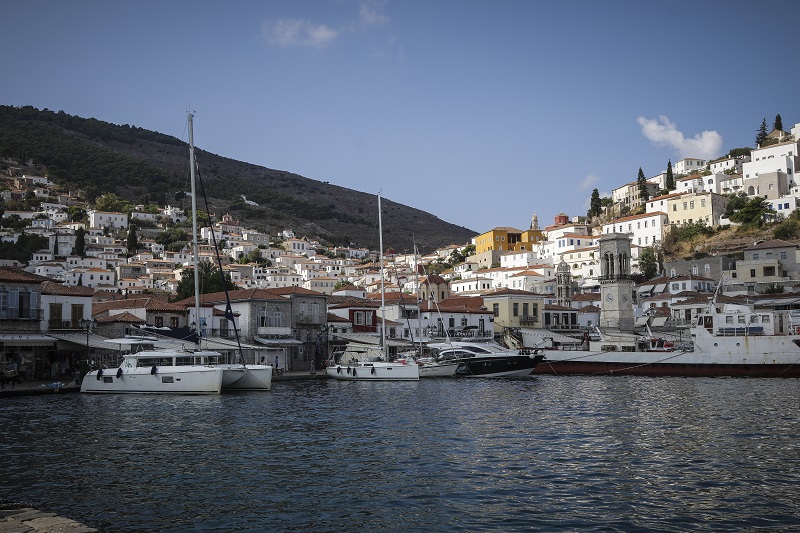From pre -war romance of projection of monuments and tradition to modernism, removal and graphic genius of 1960
The starting steps of the Greek tourism Through the printed material issued by the first state tourism organizations, they are detected in the exhibition “Advertising Greece – The beginnings of Greek Tourism”, which “opens” next Tuesday, March 25, 2025 at the historic house of Lazarou Kountouriotis in Hydraannex to the National Historical Museum.
The exhibition will run until October 31, 2025, organized by the Historical and Ethnological Society of Greece under the auspices of the EOT and presents the forms that advertised the Greek landscape, traditions and hospitality of Greece through highly aesthetic artistic and graphic artistic compositions. From the pre -war romance of the projection of monuments and tradition to modernism, abstraction and graphic genius of 1960, these creations submit an innovative and timeless approach to the promotion of Greece as a unique tourist destination.
Among the creators of the historical posters and the EOT leaflets and the predecessors of the bodies are top names of painters, designers, photographers and lithographers, many of them were seized with their work to seal their time. Indicatively, Mimis Vitsoris, Alexandros Alexandrakis, Pericles Byzantios, Panagiotis Tetsis, Spyros Vassiliou, Giorgos Vakirtzis, Yiannis Tsarouchis, Agni and Michalis Katzourakis, Freddie Karakoukis
The exhibition also references to the institution of the Epidaurus and Athens Festivals, which at that time are taking their first steps, laying the foundations for the country’s cultural tourism, while a separate unity will be dedicated to the beginnings of tourism in Hydra.
Finally, special reference is made to the digital exhibition “Imagining Greece”, a work of a group of scientists from various cognitive fields, which highlights the importance of tourism as an identity element of post -war Greece. The digital exhibition is part of the Tourism and Nation Branding 1945-1990 research program. Part of its material comes from the collections, the photographic archive and the archive of the Historical Documents of the Historical and Ethnological Society of Greece – National Historical Museum.








